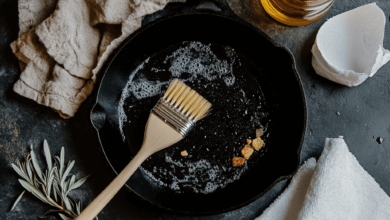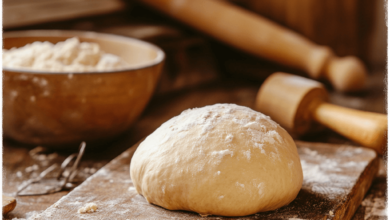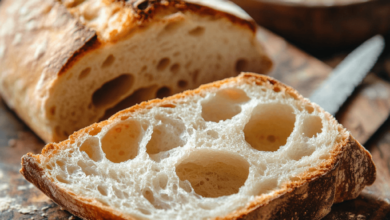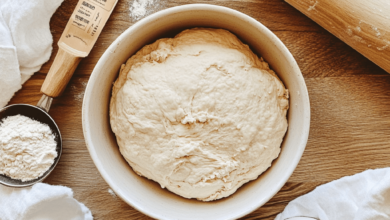Why Does Food Burn on Nonstick Pans?
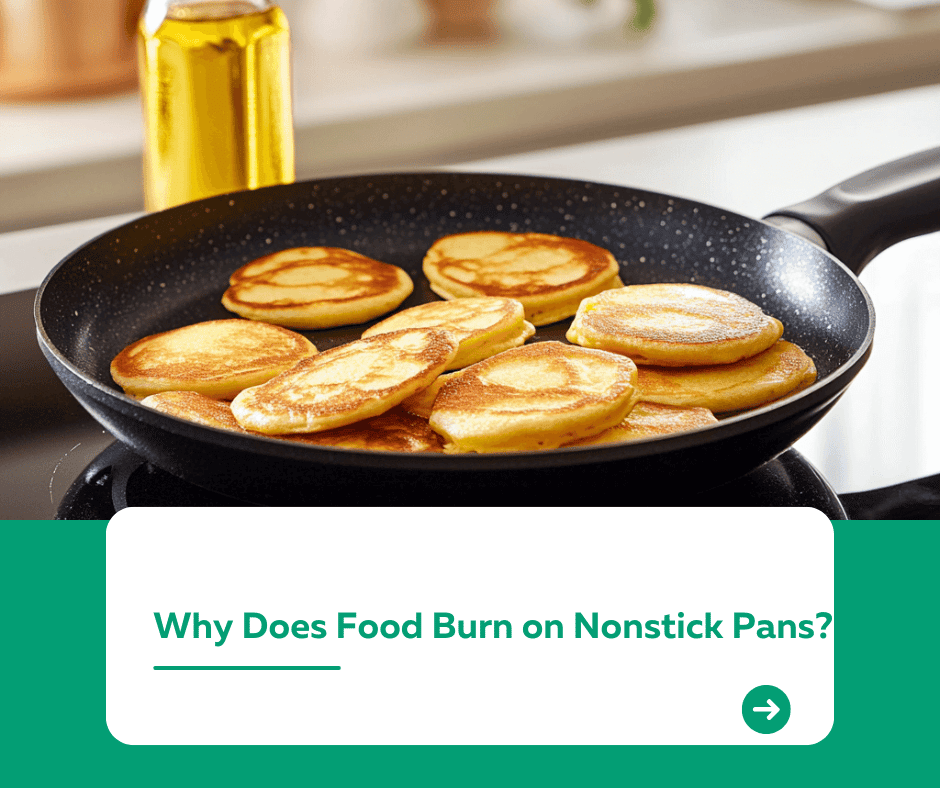
Introduction
Nonstick pans are a staple in many kitchens, prized for their convenience and ease of cleaning. But if you’ve ever had food burn on a nonstick pan, you might wonder, why does this happen? Let’s explore the science behind nonstick cookware and uncover common mistakes that lead to food burning, along with tips to avoid it.
1. Understanding Nonstick Coating
Nonstick pans are coated with materials like Teflon or ceramic to create a slick surface that prevents food from sticking. However, this coating has its limits:
- Heat Sensitivity: Nonstick coatings are designed for low to medium heat. High temperatures can degrade the coating, reducing its effectiveness.
- Surface Wear: Scratches and wear over time can expose the metal underneath, leading to sticking and burning.
2. Common Reasons Food Burns on Nonstick Pans
2.1 High Heat
Nonstick pans are not meant for high-heat cooking. Excessive heat can cause:
- Damage to the coating.
- Uneven cooking, leading to burned food.
2.2 Insufficient Oil or Butter
While nonstick pans require less fat than traditional cookware, a small amount of oil or butter helps distribute heat evenly and prevent burning.
2.3 Overcrowding the Pan
Adding too much food at once lowers the pan’s temperature, causing uneven cooking and burning in certain areas.
2.4 Using the Wrong Utensils
Metal utensils can scratch the nonstick surface, reducing its ability to prevent sticking and burning.
3. How to Prevent Food from Burning on Nonstick Pans
3.1 Use the Right Heat Setting
- Stick to low or medium heat for optimal performance.
- Avoid preheating an empty nonstick pan on high heat.
3.2 Add a Layer of Fat
- Use a small amount of oil or butter, even with nonstick pans.
- Spread it evenly across the surface before adding food.
3.3 Avoid Overcrowding
- Cook in batches if necessary to maintain consistent heat.
- Leave enough space for food to cook evenly.
3.4 Use Proper Utensils
- Opt for silicone, wooden, or plastic utensils to avoid scratching the surface.
3.5 Clean Your Pan Gently
- Wash with mild soap and a soft sponge to preserve the nonstick coating.
- Avoid abrasive scrubbing pads that can damage the surface.
4. When to Replace a Nonstick Pan
Nonstick pans don’t last forever. Replace your pan if:
- The surface is visibly scratched or peeling.
- Food consistently sticks despite proper care.
- The coating is flaking, which can be unsafe for cooking.
Conclusion
Food burns on nonstick pans due to factors like high heat, insufficient fat, or improper care. By understanding the limits of nonstick cookware and following these tips, you can enjoy effortless cooking and cleaning. For more kitchen tips and tricks, visit our Kuestion.com.

